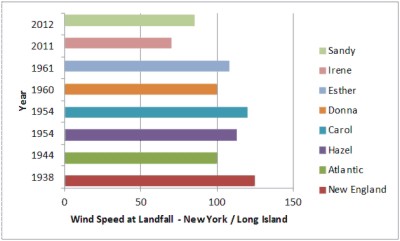

It was the summer of 2001, the year of the shark. Sharks were attacking humans all over the world like crazy. It was also the summer of the Gary Condit scandal. Never heard of Gary Condit? He was a congressman from California who had an affair with an intern, and the intern went missing. Look at the guy. Wouldn’t you like to buy a used car from, or have your daughter work for this guy?
The outcomes were as follows: in August, The Wall Street Journal had reported, in a nonchalant manor, that the number of worldwide shark attacks were exactly on pace with the average number of attacks over the past many years. The media ran Condit out of town. September 11th happened, and no one cared about either of these overhyped stories anymore. Moral of the story: this is the United States of Entertainment. If there is no news, make news – like what’s her names dead baby in Florida – a tragedy, but a court case with no national implications whatsoever. Why was this such a big deal? I have my opinions, but I’m not going to waste my time on them.
And the hype keeps advancing – the more salacious, the better. A four star general and head of the CIA was recently outed by the FBI for an affair, and that came and went in about a week. Normally, news sells on what makes money, but I have my own ideas for why this one hustled out the back. Don’t you think an affair, with the potential for blackmail of the highest ranking spook in the US, is a bigger story than the trial of a high school dropout in Florida?
In energy efficiency, we engineers expose and shoot down overhyped technologies and equipment with no basis for savings or misleading outcomes. One example was an oil, acid, and moisture purger for chillers. The theory may sound plausible, but the physics are unknown, the thing is untested and what is the baseline? What does normal operation look like, what does operation with this thing look like, and what are the results?
Often during program evaluation of energy efficiency programs, and in particular for industrial processes, we are left asking, “What is the baseline?” What would the customer be doing without this wonderful doohickey or wiz bang process modification? We have to convince ourselves that what didn’t happen is as realistic as what did happen, and compare the two. Often times we get the strong to overwhelming hunch that what did happen is what would have happened anyway, without a program. In other words, the net savings are zero, and even the gross savings are zero, because there really was no reasonable, viable, less expensive, less efficient alternative.
Speaking of baselines, it always torques me off when media overhype unusual weather and blame it all on climate change. Cue the President. As I said before, our atmosphere consists of roughly 80% nitrogen, 20% oxygen, water vapor, and a smattering of other gasses, including CO2. If we didn’t have the atmosphere; if we didn’t have the greenhouse effect, we wouldn’t be here. Since more CO2 in the atmosphere increases the greenhouse effect, and since man burns carbon-based fuels, man is increasing the greenhouse effect. Ok.
The devastation wreaked by Sandy is clear evidence we need to take draconian measures to reduce carbon emissions now. Really? Let’s baseline this.
Tom Skilling, from WGN, and Joe Bastardi, formerly with Accuweather.com, now with Weatherbell.com, are the two smartest weather guys I’ve seen. Weather theory, data, and news course through their veins 24/7. They live for it. Mr. Bastardi says we’ve seen this pattern before in the 1940s and 1950s: cold Pacific waters and warm Atlantic waters. Result: hurricanes run up the eastern seaboard and we have dry, hot Midwest summers.

The chart shows tropical storm/hurricane wind speed for those making landfall in and around New York[1].
And looking at drought information[2], I see that back in the early 1950s we had substantial drought in the middle of the country, starting in Texas (as we had in 2011) and spreading to the Rockies and Midwest in subsequent years (like 2012). Wow! Who’d a thunk that?! It’s the same pattern for both the East Coast and Midwest!
In engineering, we have clear physics and engineering principles, like the first and second laws of thermodynamics. Really complicated things like geometry, timing, and velocities for internal combustion engines require computational fluid dynamics. Things like gasoline magnetizers and turbo genies (think pinwheel in the motor’s intake manifold) are simply stupid. Still, other things like the oil, acid, and moisture remover for chillers require testing. They could be legitimate.
Many things get screwed up badly because the problem is not understood, or it is grossly oversimplified, ignoring other overpowering factors. The meltdown at Three Mile Island was one such event. Easy money policy by the Federal Reserve is another such case.
Consider the big picture. What are the key factors? What is the same or different compared to baseline historic trends? Think critically. Look at the flip side of everything. There are almost always offsetting phenomena, but sometimes there is compounding phenomena, otherwise known as interaction effects. Do your own research.
[2] Wikipedia





